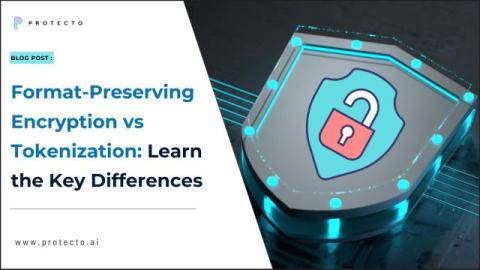How Can You Become More Tech-Savvy and Use the Internet Smarter?
Connecting to the world's greatest digital hub (and repository of cat memes) has never been easier and more inclusive. That said, the fact that almost anyone can access the internet now doesn't mean we're all using it responsibly or getting the most out of the experience. This short guide will introduce you to four essential steps towards savvier and safer internet use.











